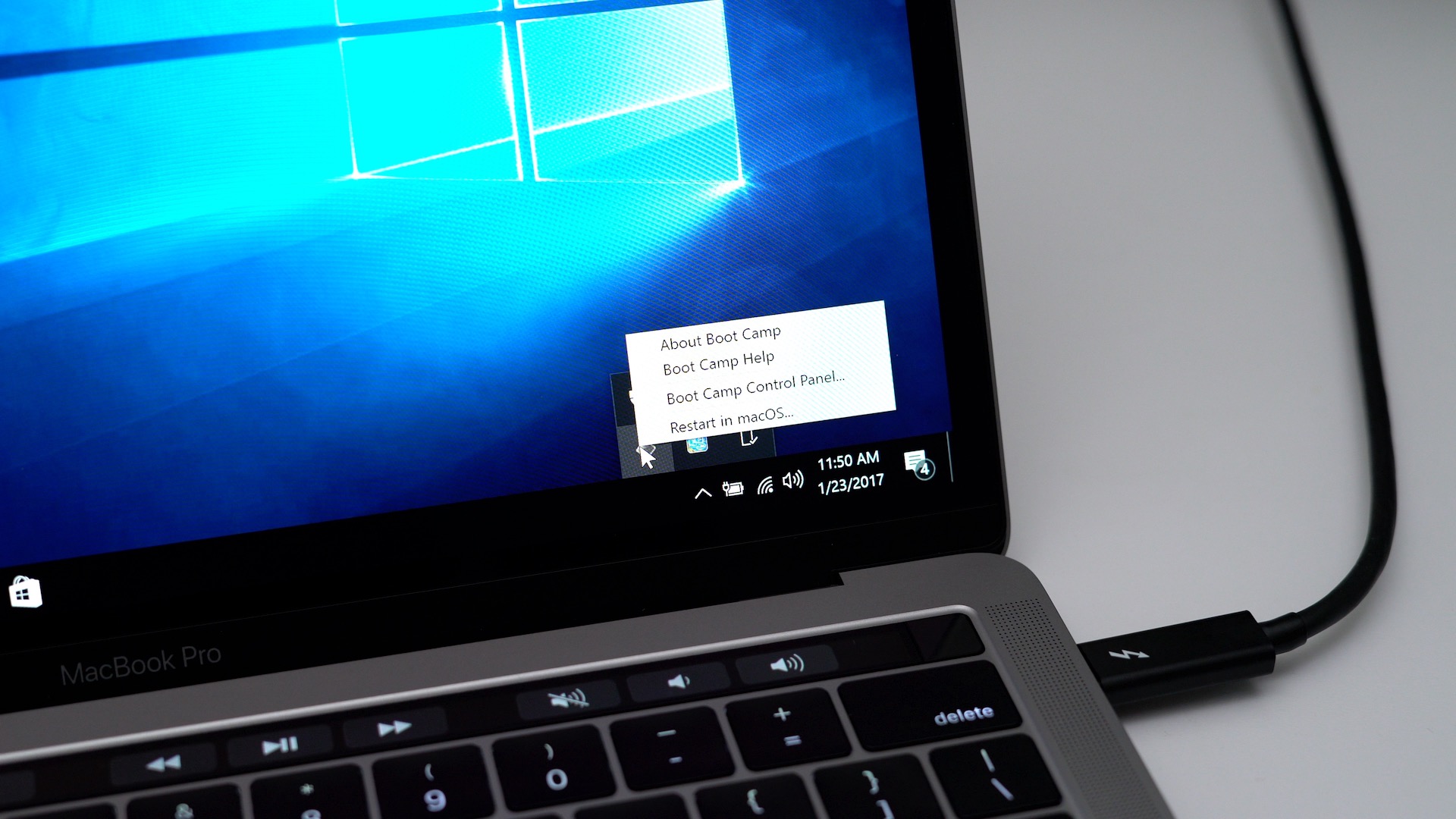

- #APPLE BOOT CAMP DISK DRIVER SUPER DISK MAC OS#
- #APPLE BOOT CAMP DISK DRIVER SUPER DISK INSTALL#
- #APPLE BOOT CAMP DISK DRIVER SUPER DISK UPGRADE#
- #APPLE BOOT CAMP DISK DRIVER SUPER DISK PRO#
#APPLE BOOT CAMP DISK DRIVER SUPER DISK INSTALL#
The plan is to install Linux as well as MAC-OS, either Arch Linux or Deepin, let's see. The only solution was to completely delete and recreate, which then also generated this GUID and also allowed partitioning. please correct with disk utility." This error message was neither helpful nor purposeful, because there was no "Scheme" item in the FDP.

But now the installer complained with "Installation not possible, GUID partition table is missing. The installation was adventure technology, since you have to remove and reinstall the entire inner workings including the mainboard. Not a big deal, one would think… got an internal 500 GB SSD and formatted and partitioned it on the PC beforehand. The instructions were very helpful for me as an occasional Eppler.Ī friend's hard drive in the Imac 27 died in 2013. Now it is the case that I did not find the possibility to select the APFS format in the hard disk utility under Yosemite, because this is only planned for 10.13.ĭo you have a tip for me on how best to proceed here? Maybe a solution to the problem is already described in your article but I don't understand it I wouldn't rule it out at this point -( That's how I came across your article here. In my research I came across by chance that the SSD must be formatted on APFS for this to work.
#APPLE BOOT CAMP DISK DRIVER SUPER DISK UPGRADE#
In the next step, I would have liked to upgrade to Mojave before installing the SSD. After the clone is done, my plan would be to start the system via the still external SSD and to test whether everything works. My system is currently still running on Yosemite.
#APPLE BOOT CAMP DISK DRIVER SUPER DISK PRO#
I would like to install an SSD in my Macbook Pro (mid 2012) and I am currently cloning the HDD to the SSD using CCC. I'm currently not sure whether my current clone is helpful and would be happy about a tip. Format hard drive as APFS: The complete instructions in a screenshot. I hope the screenshot below makes it clearer where to click what. Another important point is the selection of the volume at the top level, because only then will the "Delete" button appear (otherwise grayed out) and there is a selection box for "Scheme". The instructions in super short versionĪfter I just got a message from a reader that he doesn't see the "Scheme" selection in his Disk Utility, I noticed that this has to do with the "Show all devices" view, which you can find in the top left under " Appearance” can be selected. This is how all devices and containers are displayed. After clicking Erase, it only took a few seconds to get the volume in APFS format and install macOS Mojave on it without a murmur.īy the way, if you have a different display in Disk Utility than you can see in the screenshots, you should click on the “View” button in the top left of the program and then select “All Volumes”. I used the "pure" APFS because I didn't want to encrypt the data carrier and I didn't have to differentiate between upper and lower case.
#APPLE BOOT CAMP DISK DRIVER SUPER DISK MAC OS#


Use Disk Utility to change the partition scheme. This hard drive does not use the GUID partition table scheme. When I tried this I got this error message: I finally formatted the SSD in "Mac OS Extended, journaled" format and then wanted to use the macOS Mojave Installer to put the new system on the disk. macOS Mojave only accepts hard drives with a GUID partition table scheme MacOS Mojave can only be installed if the hard disk uses the GUID partition table scheme.


 0 kommentar(er)
0 kommentar(er)
